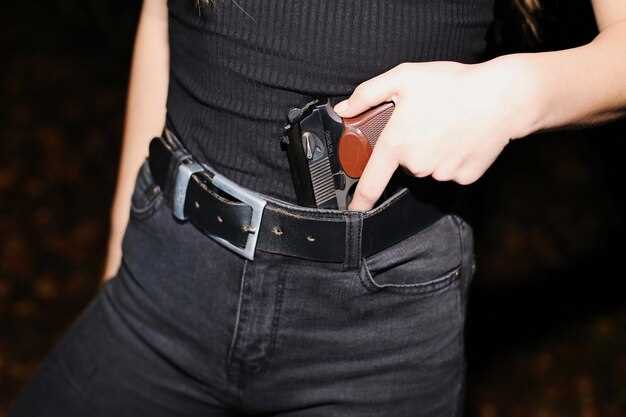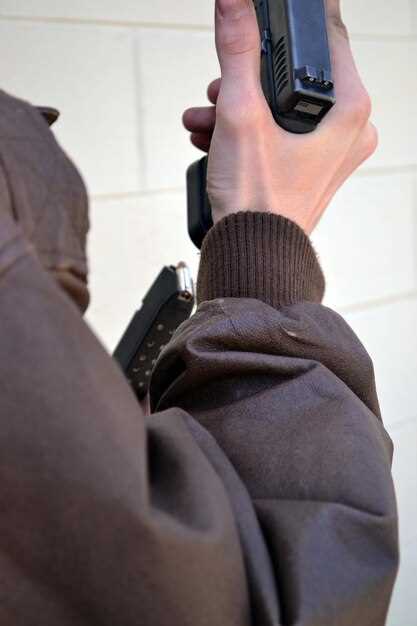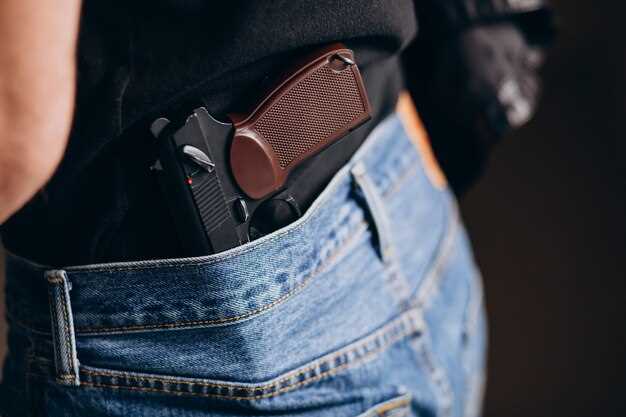
For beginners venturing into the world of concealed carry, navigating the complexities of firearm ownership can be both exciting and daunting. The responsibility that comes with carrying a concealed weapon is profound, requiring not only an understanding of the firearm itself but also the laws and best practices associated with concealed carry. This article aims to provide crucial advice for new gun owners, ensuring a safer and more informed experience.
One of the most important aspects of concealed carry is understanding the legal requirements in your state. Different states have varying laws regarding permits, eligibility, and even the manner in which a firearm can be carried. As a beginner, it’s essential to familiarize yourself with these regulations, as they form the foundation of safe and responsible gun ownership.
Moreover, choosing the right firearm for concealed carry is critical. Factors such as size, weight, and how comfortably the gun can be concealed will greatly influence your overall experience. It’s advisable to seek guidance from experienced owners or professionals who can help you select a firearm that suits your lifestyle and preferences while adhering to safety protocols.
Choosing the Right Holster for Comfort and Accessibility

For beginners in concealed carry, selecting the appropriate holster is crucial for both comfort and accessibility. The right holster not only secures the firearm but also ensures that it can be drawn smoothly when needed. There are various types of holsters available, including inside-the-waistband (IWB), outside-the-waistband (OWB), ankle holsters, and belly bands, each with distinct advantages and disadvantages.
Comfort should be the primary consideration when choosing a holster. Look for options made from breathable materials that do not irritate the skin during extended wear. Additionally, the weight of the holster plays a significant role; a heavier holster may cause discomfort and lead to a less consistent carry experience. Ensuring a secure fit against your body can also enhance comfort throughout daily activities.
Accessibility is equally important. A holster that allows for a smooth, quick draw is essential in any self-defense situation. Test the holster’s retention features to ensure that the firearm remains secure yet easily retrievable. The placement of the holster is also critical; consider carrying positions that suit your body type and clothing choices. The goal is to achieve a balance between concealment and immediate access, without sacrificing comfort.
Finally, it’s vital to practice drawing from your chosen holster regularly. Familiarity with the holster will improve your speed and efficiency when it matters most. Evaluate your experiences over time and be open to trying different types of holsters until you find the one that best fits your needs as a concealed carry beginner.
Understanding Local Laws and Regulations on Concealed Carry

For beginners, navigating the complexities of concealed carry laws can be daunting. Each state in the U.S. has its own regulations regarding the carrying of firearms. It’s imperative for new gun owners to familiarize themselves with these laws to ensure compliance and safety.
Here are some key aspects to consider when understanding local laws:
- Permits and Licenses: Most states require a concealed carry permit. Beginners should check their state’s requirements, including age, training, and application processes.
- Reciprocity: If traveling to another state, it’s essential to know whether your concealed carry permit is recognized there. Research which states offer reciprocity and what their specific laws entail.
- Prohibited Areas: Many localities have restrictions on where you can carry a concealed weapon. Commonly prohibited areas include schools, government buildings, and private property that posts no-gun signs.
- Use of Force: Understanding the laws surrounding self-defense is crucial. Know the difference between justifiable self-defense and unlawful use of firearms to avoid legal complications.
- Storage and Transportation: Familiarize yourself with laws related to how firearms should be stored at home or transported in a vehicle. This often includes rules on securing the firearm and whether it should be loaded or unloaded.
Before you decide to carry, consult official resources or local law enforcement to clarify any uncertainties regarding the law. Additionally, seeking legal advice may provide further guidance tailored to your specific circumstances. Educating yourself will not only ensure that you are compliant but will also enhance your confidence and safety as a concealed carry permit holder.
Practicing Safe Handling and Storage of Your Firearm
For beginners in the realm of concealed carry, mastering the safe handling and storage of your firearm is paramount. The first principle of firearm safety is to always treat every gun as if it were loaded. This mindset ensures that you remain vigilant and responsible, regardless of your comfort level with firearms.
When handling a concealed firearm, keep your finger off the trigger until you are ready to shoot. This simple yet crucial rule can prevent accidents that may occur due to mishandering or premature discharge. Additionally, always be aware of your surroundings and know what is beyond your target in case of an accidental discharge.
Proper storage of your firearm is equally critical. Invest in a quality gun safe or lockbox that securely keeps your weapon out of reach of unauthorized users, especially children. For those who carry concealed, consider using a holster that allows for safe storage while on your person. A good holster not only keeps the firearm secure but also ensures easy access when necessary.
Practice regularly at a shooting range to develop proficiency and comfort with your firearm. This practice helps reinforce safe handling techniques, such as safely drawing the weapon from its holster and re-holstering it without incident. As a beginner, consider enrolling in safety courses to further your understanding of firearm operation and storage guidelines.
Lastly, maintain your firearm regularly by cleaning and checking it to ensure it functions correctly. A well-maintained firearm is not just more reliable, but it also enhances safety during both practice and real-life scenarios. By following these guidelines, beginners will not only become skilled in the use of their firearm but also embody the principles of responsible ownership and safety.
